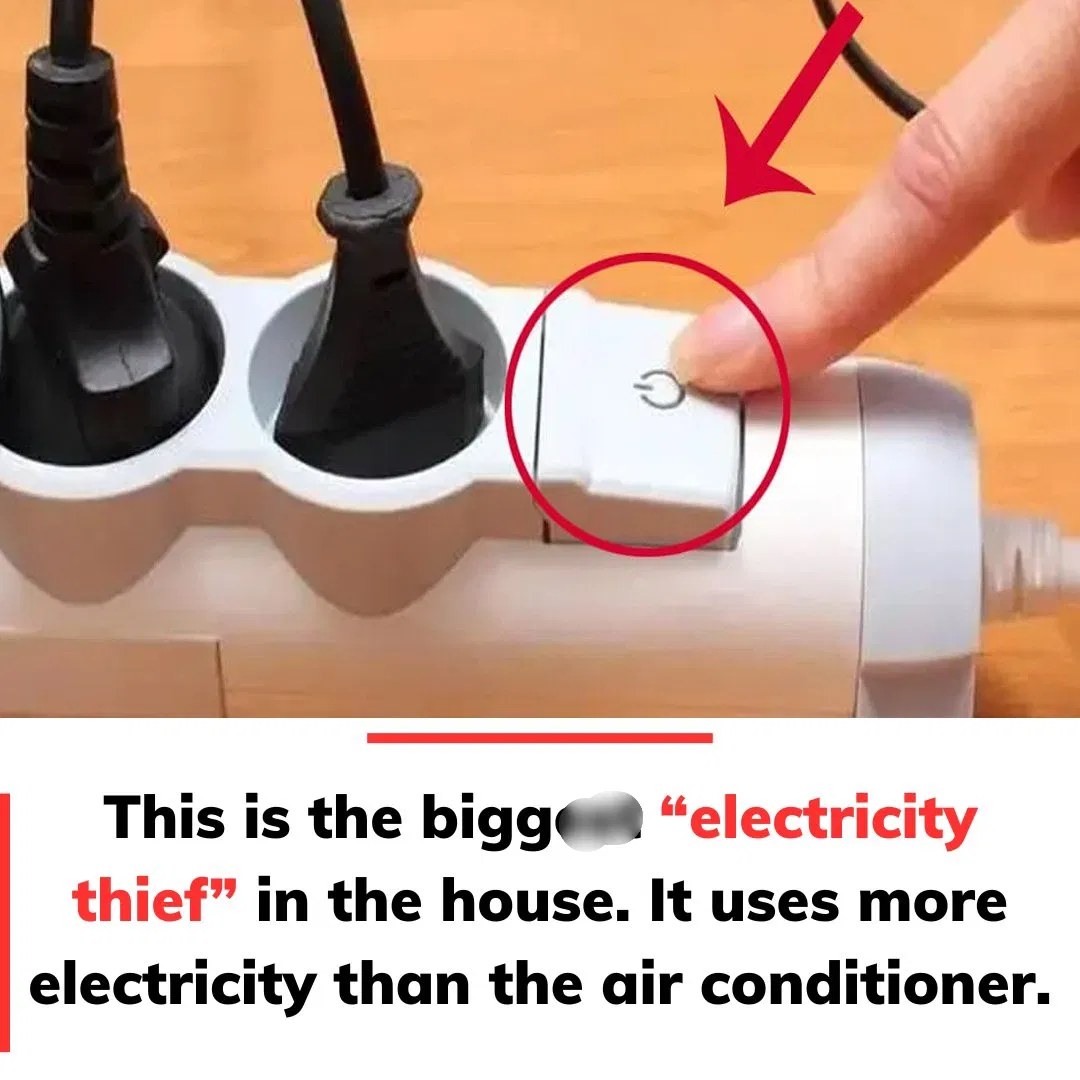Every month, many of us are left wondering why our electricity bills are so high. We might blame rising rates or think it’s because we’re using appliances like air conditioners or heaters too often. However, there’s often an unnoticed culprit at home that silently drains electricity around the clock. Surprisingly, this “electricity thief” is none other than the television set-top box (STB) we use daily.

It might be hard to believe that a small device like a set-top box—a television signal decoder—can significantly contribute to your electricity bill. After all, it seems so unassuming compared to larger appliances. But the reality is that set-top boxes are notorious for their high standby power consumption. This hidden issue makes them one of the most consistent energy users in your home, even when you think they’re off.
Here’s the crux of the problem: when you turn off your TV using the remote control, the set-top box doesn’t fully power down. Instead, it enters standby mode, where it continues to consume electricity. While standby mode might sound like a low-power state, the truth is that the energy used in this mode is almost the same as when the device is actively operating. In other words, leaving the set-top box in standby mode is nearly equivalent to keeping it on all the time.
For many households, this constant energy drain goes unnoticed, but it can have a significant impact on monthly electricity bills. With many families owning multiple TVs and set-top boxes, the cumulative effect can add up quickly. This is particularly concerning in homes where energy efficiency is a priority or where efforts are being made to reduce utility costs.
Fortunately, there’s a simple solution to this problem. The best way to eliminate the unnecessary power consumption of a set-top box is to completely cut off its power supply when it’s not in use. You can do this by turning off the power switch on the device itself, if it has one, or by using a socket with a built-in switch. These sockets allow you to quickly and easily disconnect the power supply without having to unplug the device each time. This small step can make a big difference in reducing your electricity usage.
The issue of unnecessary energy consumption isn’t limited to set-top boxes. Many other household appliances, such as gaming consoles, desktop computers, and phone chargers, also draw power when left plugged in, even if they’re not actively in use. This phenomenon, often referred to as “phantom load” or “vampire power,” is a common source of wasted energy. To address this, consider using smart power strips, which automatically cut off power to devices in standby mode. By managing these hidden drains, you can achieve even greater energy savings.
The benefits of turning off devices like set-top boxes go beyond financial savings. Reducing unnecessary energy consumption also helps decrease your carbon footprint, which is an important step toward combating climate change. Lower electricity use means less demand on power plants, which in turn reduces greenhouse gas emissions. This simple habit not only saves money but also contributes to a healthier planet.
Understanding the hidden costs of leaving devices in standby mode is the first step toward smarter energy management. While it’s easy to overlook small devices like set-top boxes, their constant power draw can make a big difference over time. By taking a few moments each day to turn off these devices completely, you can eliminate this source of energy waste and enjoy the benefits of lower electricity bills.
In conclusion, the television set-top box is an often-overlooked energy hog in many households. Its high standby power consumption can silently drive up your electricity costs without you even realizing it. The good news is that addressing this issue is straightforward—simply cut off its power supply when it’s not in use. By using sockets with switches or developing the habit of turning off the power manually, you can save money, reduce waste, and contribute to a more sustainable lifestyle. Small changes like these can have a big impact, making your home more energy-efficient and eco-friendly. So, don’t let this hidden electricity drain continue unnoticed—take action today and start saving.





